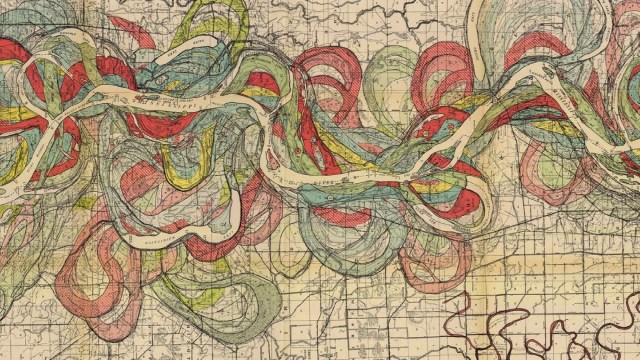213 – Pangaea Ultima: Climbing the Mediterranean Mountains

“Is this what will become of the Earth’s surface?” asks the entry for 22 September 2007 of Astronomy Picture of the Day, a website affiliated with Nasa (judging from its url).“The surface of the Earth is broken up into several large plates that are slowly shifting. About 250 million years ago, the plates on which the present-day continents rest were positioned quite differently, so that all the landmasses were clustered together in one supercontinent now dubbed Pangea*. About 250 million years from now, the plates are again projected to reposition themselves so that a single landmass dominates. The above simulation from the Palaeomap Project shows this giant landmass: Pangea Ultima**. At that time, the Atlantic Ocean will be just a distant memory, and whatever beings inhabit Earth will be able to walk from North America to Africa.”
*: or Pangaea, in a more conservative spelling. This name for the supercontinent that existed around the Palaeozoic and Mesozoic eras was first used by Alfred Wegener in his 1920 book Die Entstehung der Kontinente und Ozeane (‘The Origin of Continents and Oceans’), in which he first proposed the theory of continental drift.
**: or Pangaea Ultima, translatable as ‘the ultimate unified landmass’. The remaining sole body of water can then be dubbed Panthalassa Ultima. This map was sent in by Jenn Berg.






